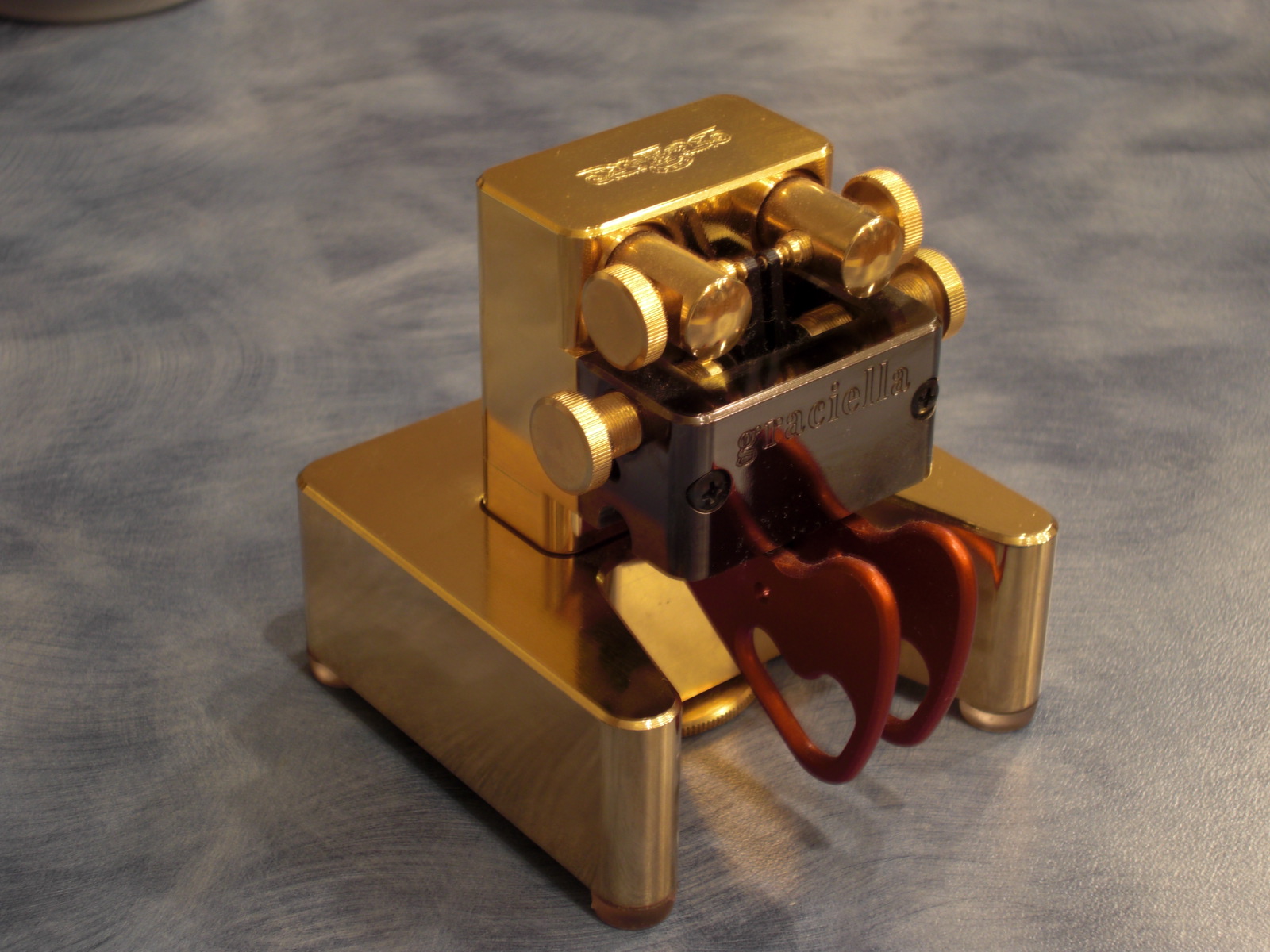W5GW Operating Modes
By human nature I like to tinker with new things. Despite that, my favorite mode of operating is Morse code, also called continuous wave (CW), or A1, by its modulation name. Morse code originates back to telegraph days and was invented by Samuel F. B. Morse between 1836-1840. CW uses sounds of two different durations. The short sound, is called a 'dit', and the long sound is called a 'dah'. When placed togather these 'dits' and 'dahs' form letters or numerals. For example: dit dit dit is the letter 'S', and dah dah dah is the letter 'O'. Spaces of different duration between the symbols are used to identify individual characters and/or words.
CW Operation
When I received my first amateur radio license you were required to pass a
test demonstrating CW proficiency in both receiving and transmitting at 5 words
per minute. For higher classes of licenses the requirements were 13 and 20 wpm.
Today this requirement has been removed and one can receive a license without
demonstrating any CW proficiency for any class of license in the
US.
Despite this, CW is still a popular operating mode,
although its use is fading. There are several good reasons for using this
mode. You can usually establish reliable communication when band and weak
signal conditions may make other modes, such as voice, unreliable. While
it seems like this would be a slow means to communicate, in reality a skilled
operator can make more contacts in a given time (useful for contests) using CW
than in almost any other mode.
For me, it is a skill to be proud of and
exercised, just like the enjoyment one might get from playing a musical
instrument. Making a contact with someone halfway around the globe using
only a few Watts of RF energy still has the same magic to me today as my first
contact did over 50 years ago!
Here is a wav file of CW that I recently recorded
on 40 Meter CW. The CW says; "...cool
today now h is now 5t...." This uses a shorthand 'h' for high and
a 't' for a zero, so he really meant the high is 50 degrees.
Shorthand abbreviations and Q codes help to get information across with a
minimum of transmitted characters. This was a very high quality signal but
you can still hear the background noise and the fading. Also note, many CW operators
are not noted for precise English sentence construction.

Begali - Graciella Key An Italian Morse code key received as a gift from my son, Al, K5ANM, a few years ago.